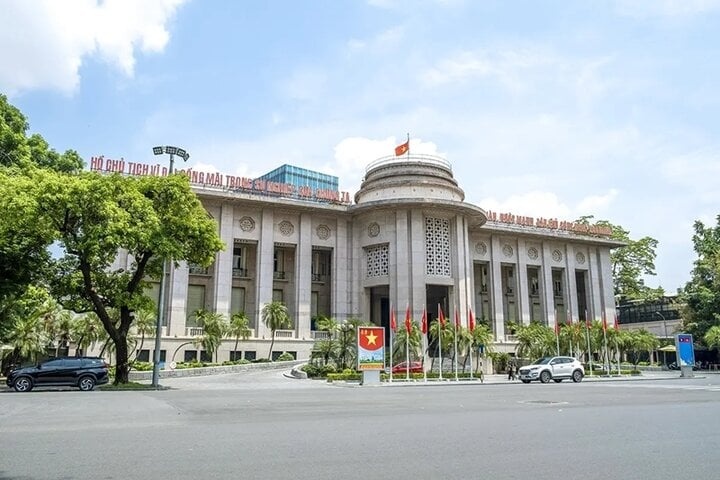Bank plan gets thumbs up from industry leaders

illustration photo
Newly-elected State Bank governor Nguyen Van Binh said the current number of banking entities in Vietnam, up to 80, was enormous against the size of Vietnam’s economy.
Supportive of the idea, National Financial Supervisory Commission chairman Dr. Vu Viet Ngoan agreed it was time to shut down feeble banks.
Reality shows that restructuring banking sector is not a fresh issue as it was mulled over by central bank long ago, but implementation was at a snail’s pace.
According to former State Bank governor Dr. Cao Sy Kiem, it was time to comprehensively reorganise the banking sector.
“Before embarking on restructuring, the State Bank needs to appraise the banking sector’s actual performance, the root of its weaknesses and work out concrete remedies to particular banks,” said Kiem.
Ngoan said this was a wise step. “There are a lot of solutions for restructuring such as hiking banks’ chartered capital or forcing banks to apply an indicator set to enhance bank security, but first and foremost banks should be classified into different groups with diverse remedy measures,” said Ngoan.
Most industry experts assumed raising banking system security standards was necessary, but it must follow a solid trajectory.
National Assembly Economic Committee deputy chairman Dr. Nguyen Duc Kien said to step up banks’ restructuring, including merger and acquisitions, it was crucial to perfect the relevant legal framework.
Kien did not agree to retrench bank numbers. “If smaller banks work towards serving socio-economic development, there is no need to force them to merge to grow bigger,” Kien said small people’s credit funds in several southern provinces like Binh Duong and Dong Nai were operating efficiently though they provided farmers loans of VND5-7 million ($240-$338).
“Vast numbers of small banks are not a threat, but operational efficiency is what makes sense,” Kien said.
What the stars mean:
★ Poor ★ ★ Promising ★★★ Good ★★★★ Very good ★★★★★ Exceptional
 Tag:
Tag:
Related Contents
Latest News
More News
- The promotion of ESG via banking (November 21, 2024 | 09:32)
- Standard Chartered committed to Vietnam’s financial success (November 21, 2024 | 09:24)
- Full ESG adoption the priority for Agribank (November 21, 2024 | 09:07)
- Banks entice youth with tech advances (November 21, 2024 | 08:00)
- Banks shaping the future as business advisors (November 20, 2024 | 21:00)
- ESG represents a shift towards sustainability for banks (November 20, 2024 | 13:00)
- GGGI supports Vietcombank’s debut of $80 million green bonds (November 20, 2024 | 11:20)
- SHB and the ESG journey: creating social value in every step (November 19, 2024 | 15:00)
- Banking sector contributes to ESG, green growth, and sustainable development (November 19, 2024 | 14:42)
- ESG implementation in banking: from awareness to action (November 19, 2024 | 12:08)






















 Mobile Version
Mobile Version